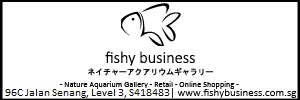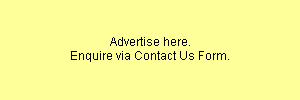How old is your tank. How heavy is the plant load and of what type. How high is your level of lighting. You may have added too much fish load under too little time. Should be small bio load added over longer time for the tank to counterbalance. You may want to half the KNO3 and KH2PO4 dosing and give it twice a week, but still it depends on the tank setup itself. The olny thing I see for nitrate level to reach 100 is not from your fert (which can only reach max 15-20 ppm from a whole week of dosing), but from ammonia breakdown due to fish load or uncompleted tank cycle.










 Reply With Quote
Reply With Quote








Bookmarks